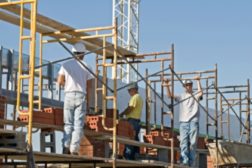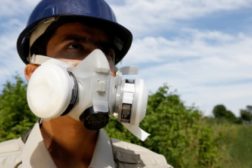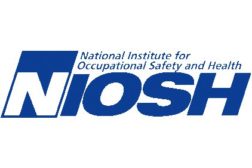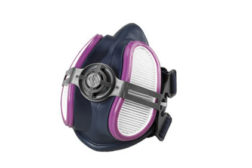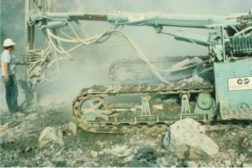Home » NIOSH
Articles Tagged with ''NIOSH''
Registration now open
Read More
NIOSH to hold public meeting on respirator certification fees
Manufacturers, others can make presentations
April 3, 2013
Contractors wanted: Help NIOSH advance research to protect workers from silica
Testing at real work sites needed
March 29, 2013
NIOSH and NHCA present 2013 Safe-in-Sound Excellence in Hearing Loss Prevention Awards
Vulcan Materials Company, Johns Manville, Dangerous Decibels recognized
March 6, 2013
Get our new eMagazine delivered to your inbox every month.
Stay in the know on the latest safety trends.
SUBSCRIBE TODAYCopyright ©2024. All Rights Reserved BNP Media.
Design, CMS, Hosting & Web Development :: ePublishing
